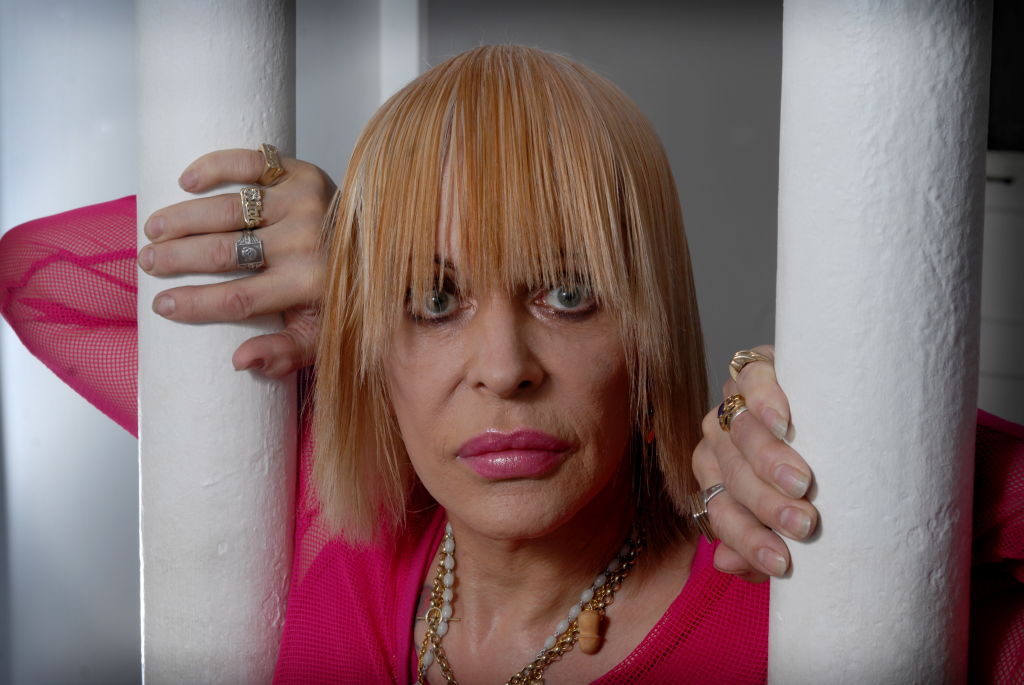
Genesis Breyer P-Orridge, the lead signer of bands Throbbing Gristle and Psychic TV who was also a performance artist and writer, has died at the age of 70 after a two-year battle with leukemia. Celebrated in recent years with shows at the Warhol Museum and the Rubin Museum, the pioneering cult hero, who adopted a third gender, is known for reinventing he/r own body as a work of art.
Four days ago, P-Orridge had posted a selfie on Instagram, stating, “This is me today waiting to go home…” Two days later, the artist’s daughters confirmed the death.
“It is with very heavy hearts that we announce the passing of our beloved father, Genesis Breyer P-Orridge,” Caresse and Genesse P-Orridge said in a statement shared online. “S/he will be laid to rest h/er other half, Jaqueline “Lady Jaye” Breyer who left us in 2017, where they will be re-united.”
P-Orridge was born as Neil Andrew Megson in 1950, in Manchester, England. Around age 15, P-Orridge encountered a book called “The Hundred Headless Woman” that contained surreal collages by artists including Max Ernst. It was a pivotal discovery for the artist, who then adopted the new name “P-Orridge,” and became interested in art, occult, and avant-garde thinking. S/he would go onto to reimagine their body as a work of art.
In the 1970s, P-Orridge formed a performance art group called COUM Transmissions. In 1976, it had an exhibition at London’s Institute for Contemporary Art that focused on prostitution; it was met with outcry from both authorities and public. COUM Transmissions nevertheless managed to get grants from the Yorkshire Arts Association, the Arts Council of Great Britain, and the British Council, garnering a dedicated following.
That group evolved into P-Orridge’s major project, the band Throbbing Gristle, which s/he fronted as lead singer. After Throbbing Gristle was dissolved in 1981, P-Orridge formed Psychic TV with Scottish musician Alex Fergusson.
In the 1990s, P-Orridge met he/r life partner, the nurse and dominatrix Jacqueline Breyer P-Orridge, known as “Lady Jaye.” Together they began the Pandrogyne Project, an initiative through which the two attempted to physically resemble one another and break with gender and identity through surgical body modifications. Lady Jaye died in 2007.
“Once we met Lady Jaye, our instinct was immediately that we were so instantly in love to be absorbed by each other,” P-Orridge told NPR in 2014. “And when Lady Jaye, as we say, dropped her body, as a matter of principle, we wanted to maintain what we believe is the state of things, which is that she’s still as much a part of me as before, so now my body represents us both in this material world, and she represents us both elsewhere. And then, hopefully, one day we will be we again, somewhere else.”